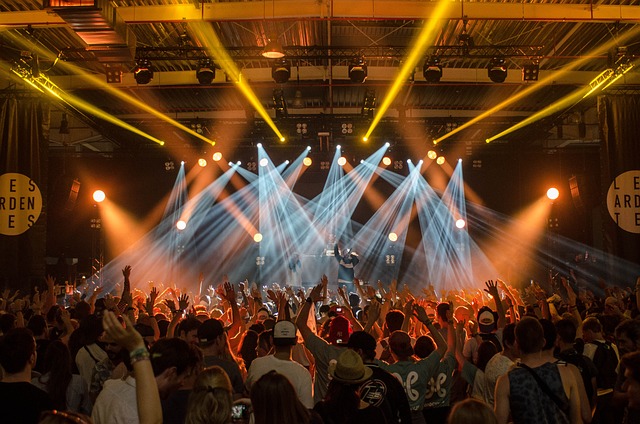Lighting can make or break any photo event, turning ordinary moments into stunning memories or, conversely, rendering them dull and forgettable. Understanding how to master the art of lighting is essential for any photographer looking to elevate their skills. Whether you’re capturing the intimate whispers of a wedding or the boisterous excitement of a corporate gala, strategic lighting techniques can enhance the emotional resonance of your images.
First, consider the type of lighting available at your photo event. Natural light can be your best friend. It provides a soft, diffused quality that flatters subjects and adds warmth to images. Position yourself near windows or outdoors during golden hour—approximately an hour after sunrise or before sunset—for the most flattering results. However, relying solely on natural light can be limiting, especially if your event lasts into the evening. That’s where additional lighting tools come into play.
Using external flashes can drastically change the dynamic of your photo event photography. On-camera flashes can help in low-light settings, but they often create harsh shadows that detract from the mood. Instead, consider off-camera flash techniques. By placing the flash away from your camera and directing the light towards your subjects, you can achieve a more natural look. This technique allows for shadows that add depth, rather than flattening your images.
Another important aspect of lighting is understanding your camera settings. The right balance of aperture, shutter speed, and ISO can dramatically improve image quality. For instance, at a dimly lit event, you might increase your ISO to avoid motion blur while ensuring your aperture allows for enough light to illuminate your subjects. Each event is unique and requires a tailored approach to settings based on the specific lighting conditions present.
Moreover, utilizing modifiers can help refine the quality of light at your photo event. Softboxes, umbrellas, or reflectors can transform harsh light into a more pleasing, diffused glow. They can be particularly useful during indoor events, where harsh overhead lighting can create unflattering shadows. By diffusing the light source, you create a softer, more inviting atmosphere in your photographs.
Don’t forget the power of color temperature in your post-processing. Different light sources have varying color temperatures, affecting the overall mood of your images. Warm lighting can evoke feelings of coziness and intimacy, while cooler tones may lend a more modern and polished look. Adjusting the white balance can help achieve the desired aesthetic, giving your event photography a cohesive and professional finish.
Finally, remember that lighting is not just a technical aspect of photography but also an emotional one. It can set the tone and convey the atmosphere of your photo event. Whether you’re aiming to capture the joy of a couple’s first dance or the excitement of guests mingling, let your understanding of lighting guide your creative vision. With practice, you’ll find that mastering this element will not only improve your photography skills but also deepen your appreciation for the art of capturing moments.




